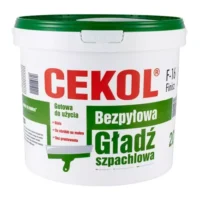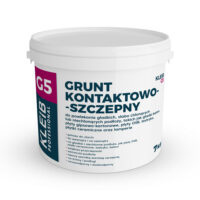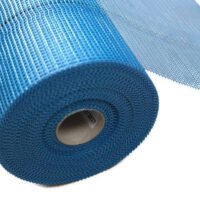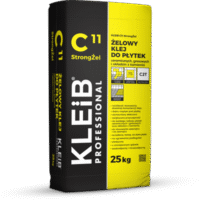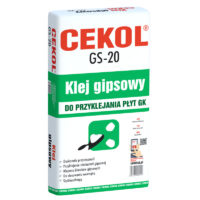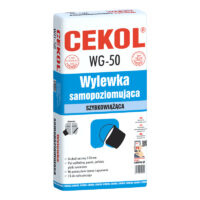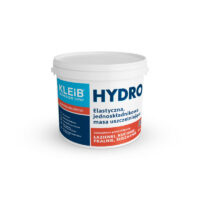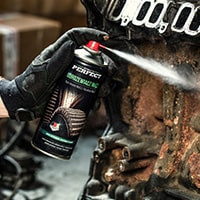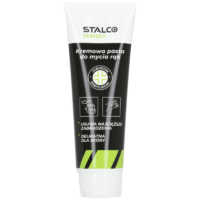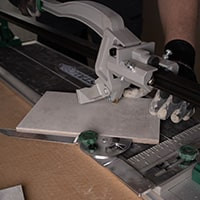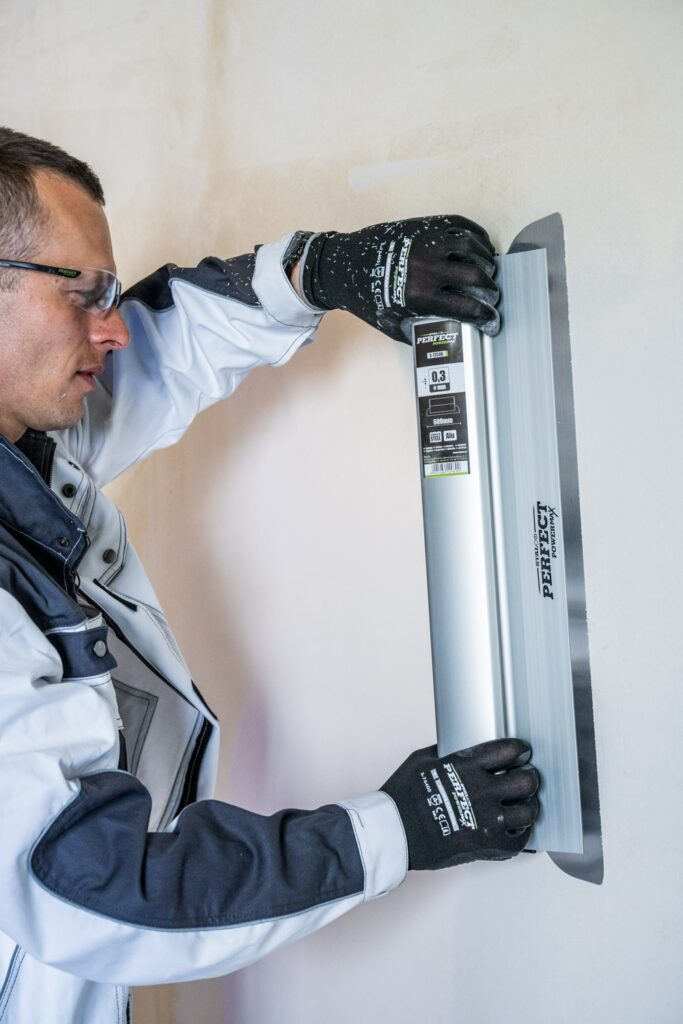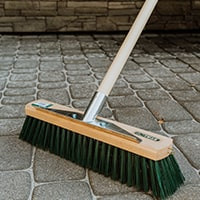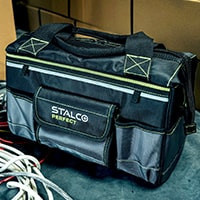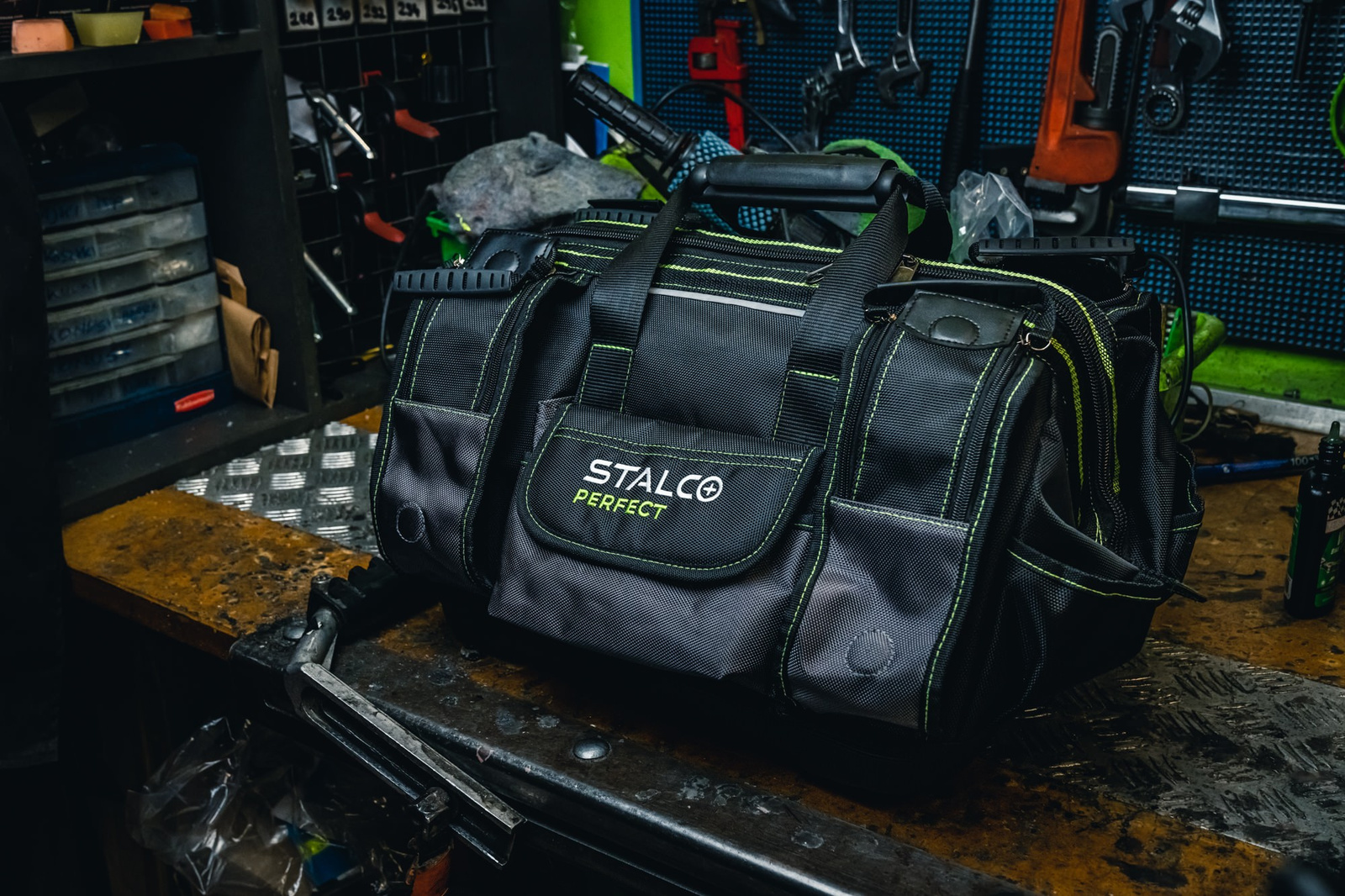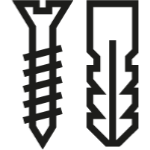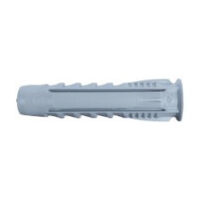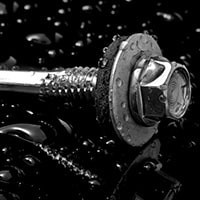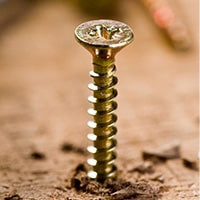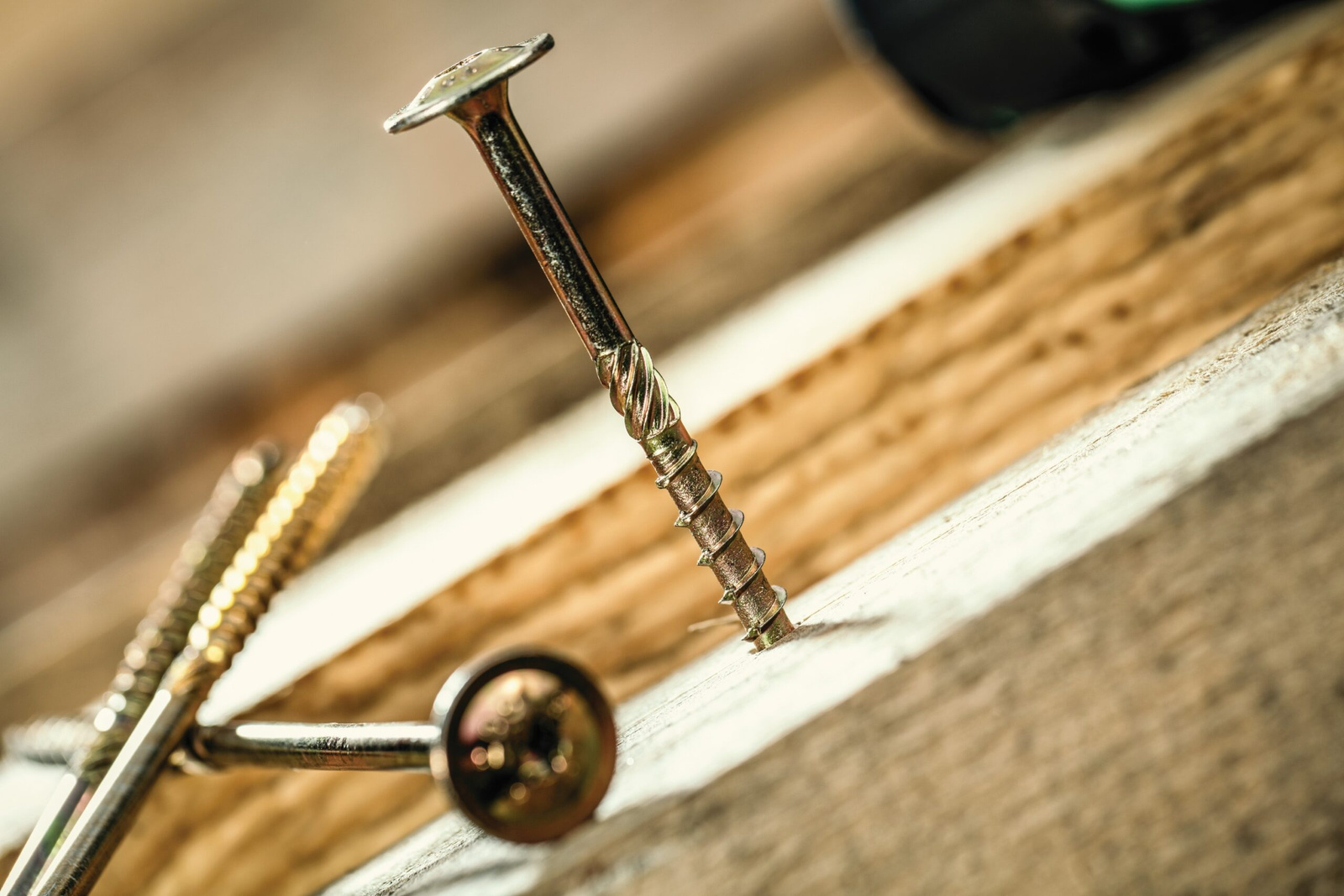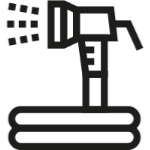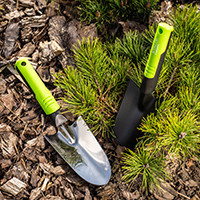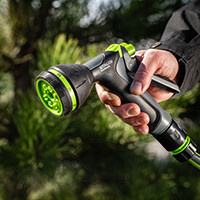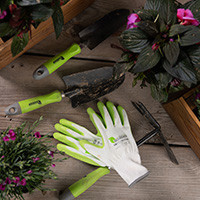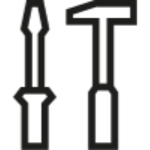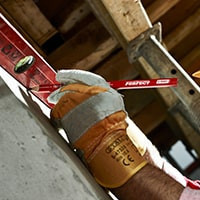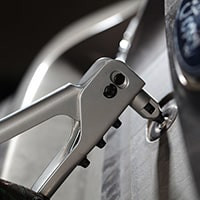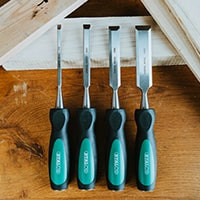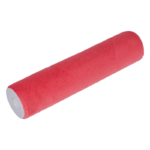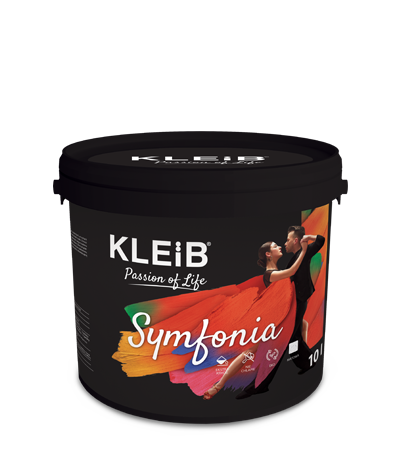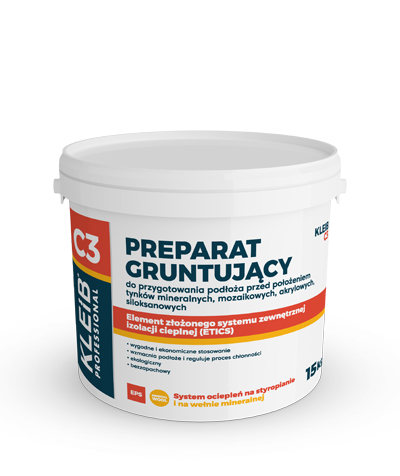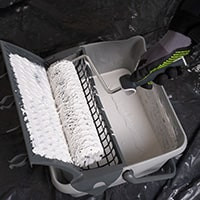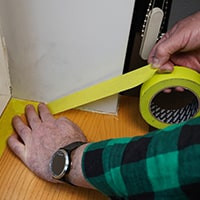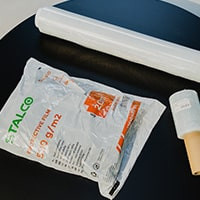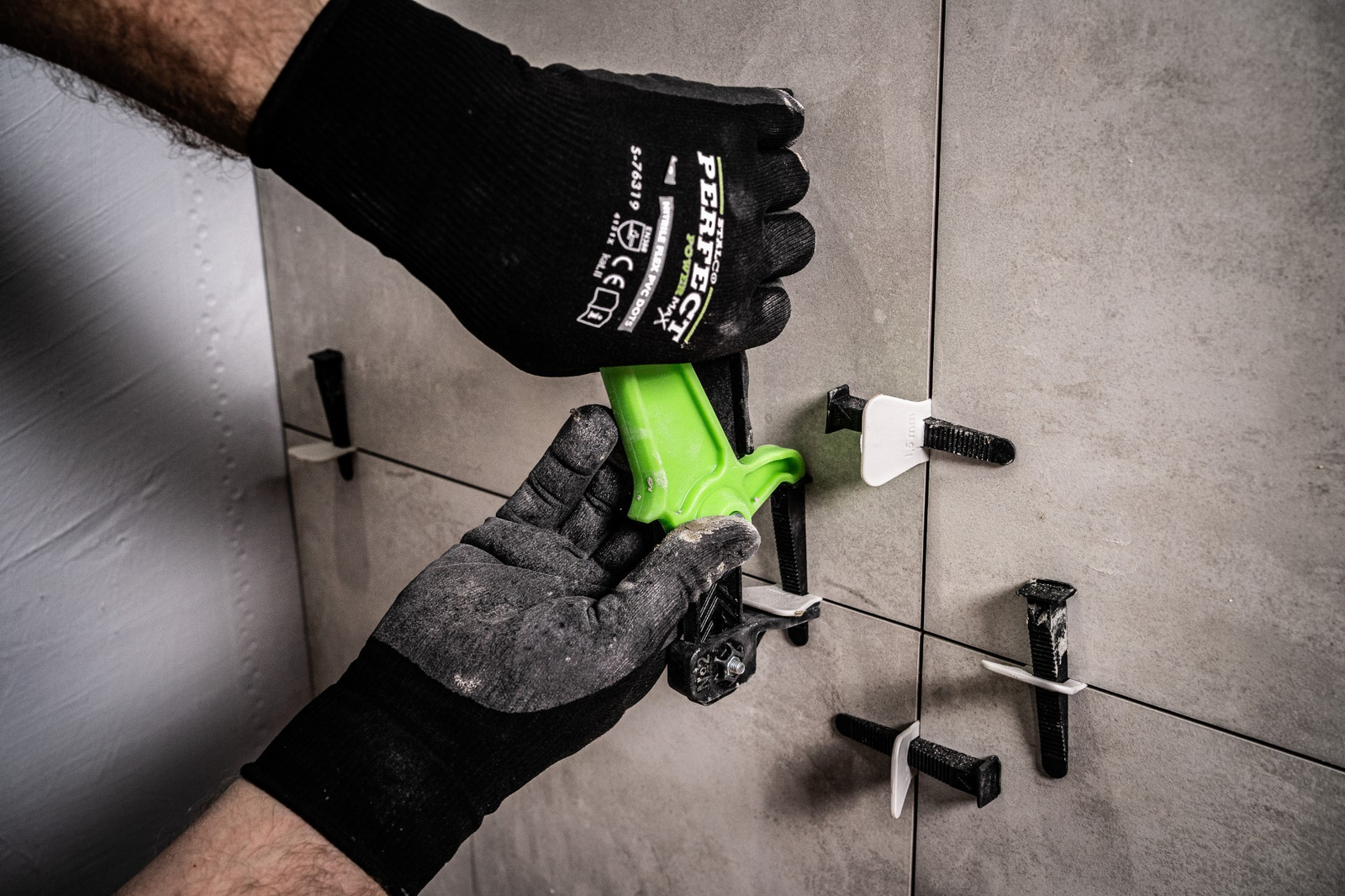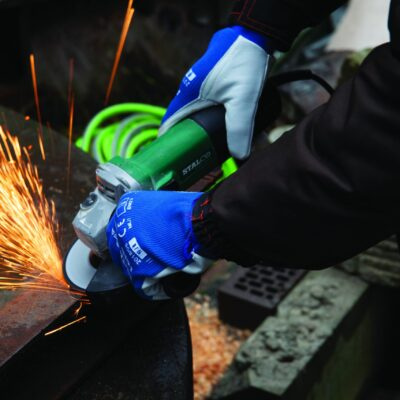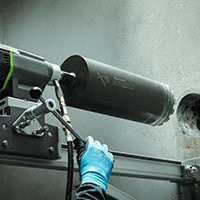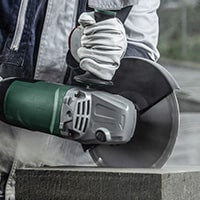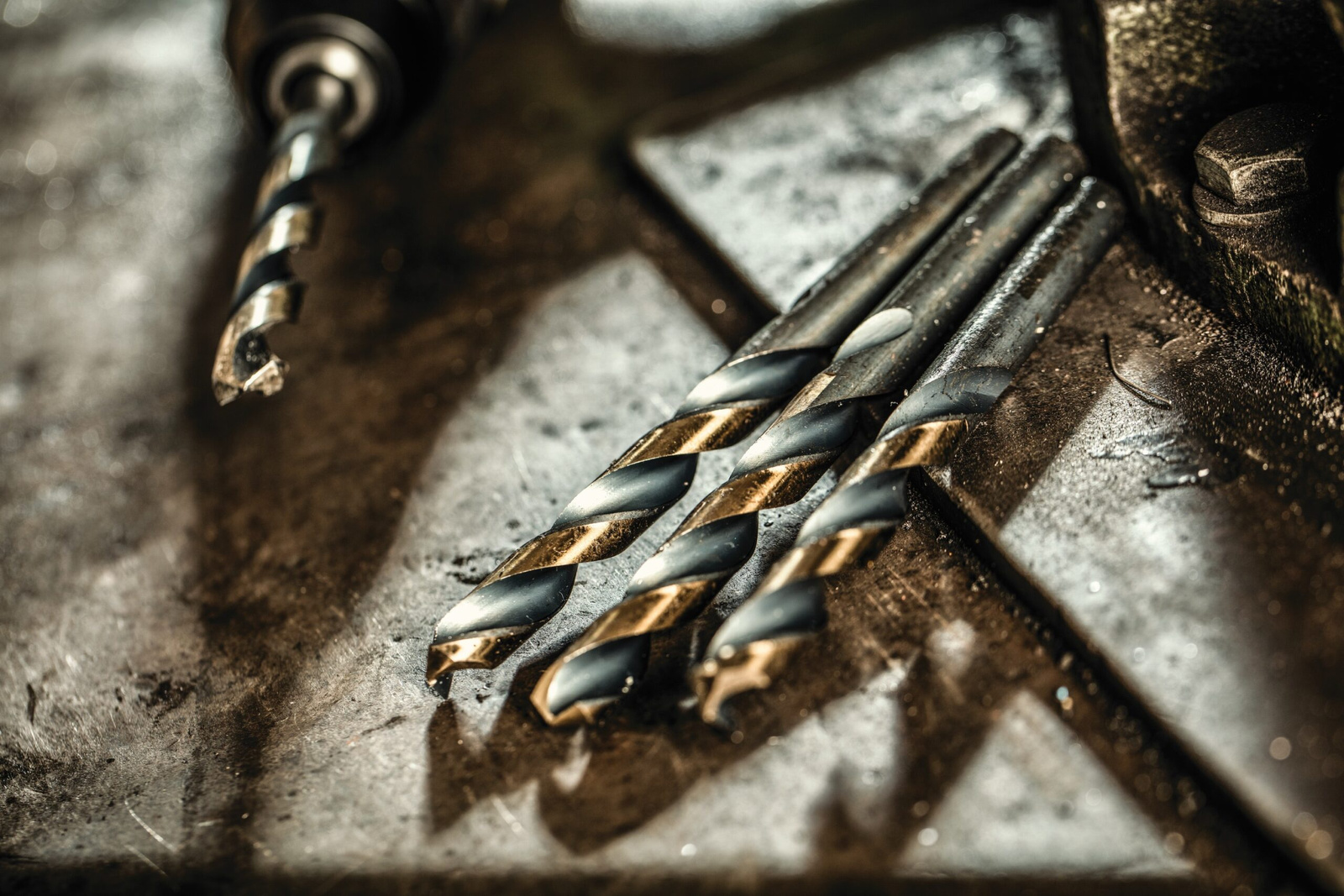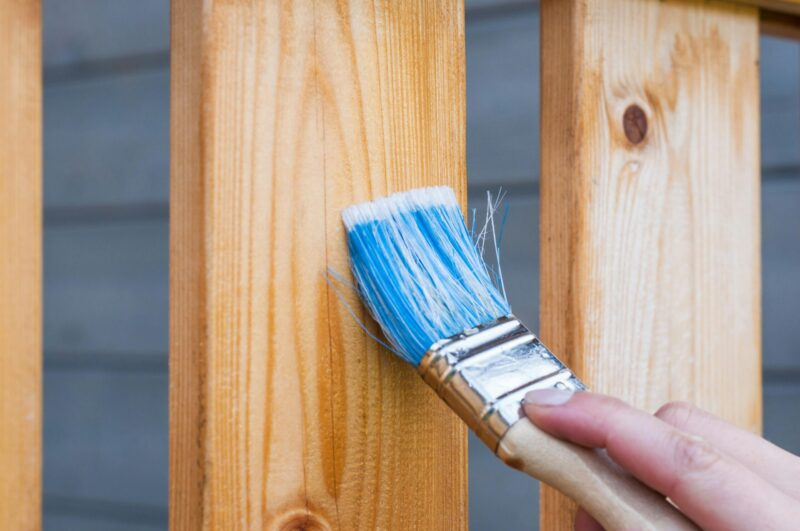When selecting a brush for painting, it’s essential to consider the type of paint you’ll be using, as well as the surface you’ll be working on, in order to achieve the best results. For oil-based paints, natural bristle brushes, made from animal hair, are the ideal choice because they hold more paint, provide a smooth finish, and can withstand the solvents used in these types of paints. On the other hand, if you are working with water-based or latex paints, synthetic bristle brushes, typically made from nylon or polyester, are recommended because they maintain their shape, resist absorbing water, and offer a smooth, even application without breaking down.
The size and shape of the brush are also critical factors to consider, depending on the specific task at hand. For large, flat surfaces such as walls and ceilings, a wide, flat brush, ranging from 3 to 4 inches, allows for efficient and even coverage, reducing the time needed to complete the job. For detailed work, trim, or areas that require precision, a smaller angled sash brush, around 1 to 2 inches, provides excellent control and the ability to reach into corners and tight spaces with ease.
Furthermore, the quality of the brush can significantly impact your painting experience and the final outcome. Investing in a high-quality brush with densely packed bristles ensures a smoother finish, reduces the likelihood of brush marks, and can make the painting process more enjoyable by minimizing frustration and the need for touch-ups. High-quality brushes also tend to last longer, making them a worthwhile investment for both professional painters and DIY enthusiasts.
In summary, when choosing a paintbrush, consider the type of paint you’re using, select the appropriate size and shape for your project, and invest in a high-quality brush to ensure a professional-looking finish and a more pleasant painting experience.
